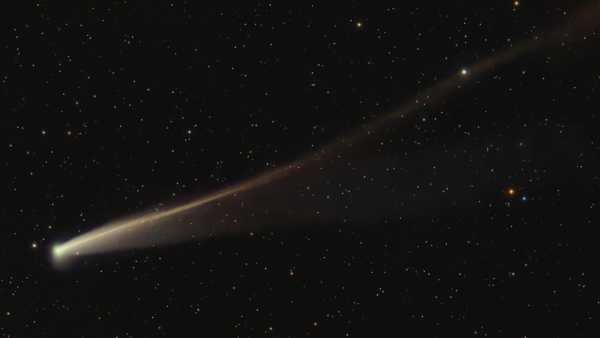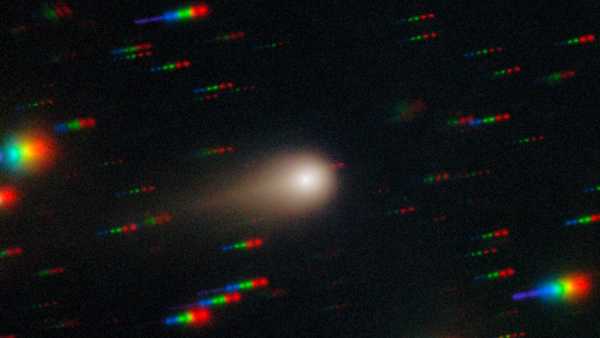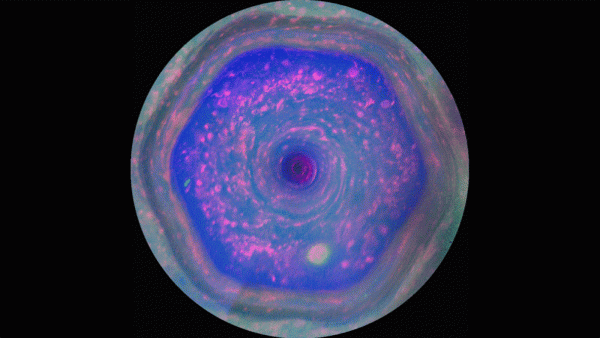
Saturn's hexagon, as seen by the Cassini probe. (Image credit: NASA/JPL-Caltech/SSI/Hampton University)
The James Webb Space Telescope has discovered strange “dark beads” above a four-rayed star in Saturn's atmosphere. These astonishing structures are unlike anything scientists have seen before, and they're not yet sure what they are.
The unusual features were discovered by the James Webb Space Telescope's (JWST) Near Infrared Spectrograph (NIRSpec) as it peered into the gas giant's atmosphere above a hexagonal storm that swirls at the planet's north pole.
Astronomers expected to observe broadband infrared emission in the atmospheric layers above the vortex. Instead, they observed dark, bead-like objects, separated by vast distances but possibly connected, slowly drifting in the charged plasma of the planet's ionosphere, and a jagged, star-shaped structure in the stratosphere beneath. The results of the study were published on August 28 in the journal Geophysical Research Letters.
You may like
-
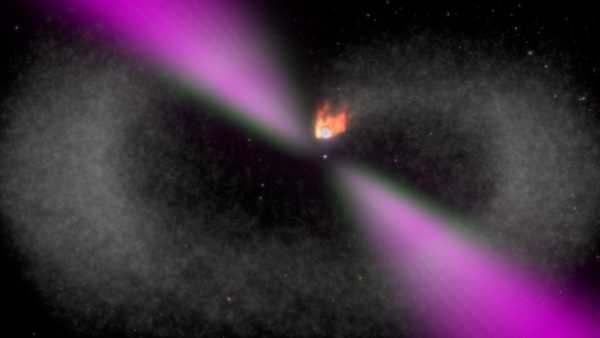
JWST has discovered a planet with an atmosphere made entirely of carbon orbiting a black widow star.
-
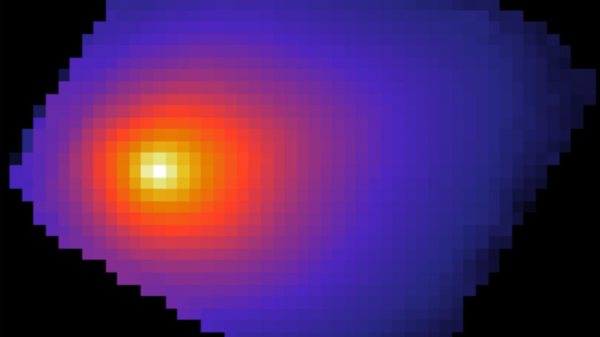
Images from the James Webb Space Telescope show something strange is happening with the interstellar comet 3I/ATLAS.
-
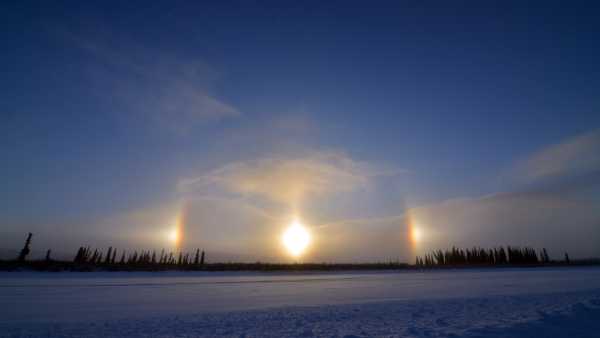
The James Webb Space Telescope suggests that stunning “sun dogs” may be shining in alien skies.
“The results were a complete surprise,” said Tom Stallard, professor of astronomy at Northumbria University in the UK. “These features were completely unexpected and currently remain unexplained.”
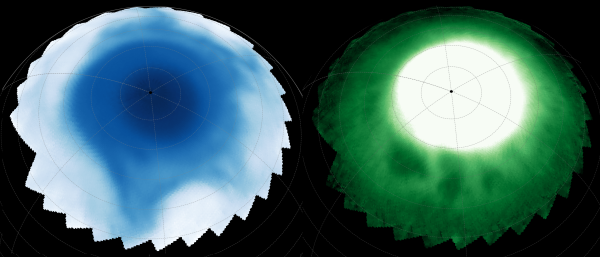
A tilted star in the stratosphere (left) and dark beads in the ionosphere (right).
Saturn's hexagon was first discovered in 1980 by NASA's Voyager spacecraft and photographed in detail by the Cassini spacecraft, which orbited the planet from 2004 to 2017. It rises from the planet's surface as a six-sided tower 18,000 miles (29,000 kilometers) wide, rotating on its axis and completing a full rotation every about 10 hours.
Scientists believe the hexagon is formed by a jet stream flowing around the planet's pole, and its unique shape is due to the properties of gases in Saturn's atmosphere. However, the exact causes of this shape and flow remain unknown, as is the behavior of the upper atmosphere above it due to very weak radiation.
To study this, astronomers pointed the JWST observatory's NIRSpec instrument at Saturn's ionosphere and stratosphere, located 684 miles (1,100 km) and 373 miles (600 km) above the planet's surface, respectively.
For 10 hours, the telescope tracked positively charged hydrogen molecules (H3+, which are involved in many reactions in the planet's atmosphere) in Saturn's ionosphere, as well as methane molecules in its ionosphere, revealing strange structures.
RELATED STORIES
— A new study suggests we may have been completely wrong about the origin of Saturn's rings.
Saturn's moon, the “Death Star,” Mimas, may have an underground ocean, the existence of which scientists never believed.
— The huge San Andreas fault on Saturn's moon could help detect signs of alien life.
“We believe the dark beads may be the result of complex interactions between Saturn's magnetosphere and its rotating atmosphere, potentially providing new insights into the energy exchange that drives Saturn's auroras,” Stallard said.
Meanwhile, the asymmetrical pattern of the stars may be somehow related to the hexagonal pattern of the storms, he said.
“Surprisingly, the darkest beads in the ionosphere appear to coincide with the most powerful stellar arms in the stratosphere, but it is currently unclear whether they are actually related or just a coincidence,” he added.
To understand the possible cause of these features and how they affect Saturn's atmosphere, the team hopes to conduct additional observations using the JWST telescope. Saturn is currently in its equinox phase, meaning the nature of these changes could change significantly as the Sun passes across the planet's disk. On September 21, the ringed planet will also make its closest approach to Earth—the best time to observe Saturn through telescopes and attempt to unravel its many mysteries.
TOPICS Solar System James Webb Space Telescope

Ben Turner, Social Links, Navigation, Acting News Editor
Ben Turner is a British writer and editor at Live Science magazine. He covers physics and astronomy, technology, and climate change. He graduated from University College London with a degree in particle physics and later became a journalist. When not writing, Ben enjoys reading literature, playing guitar, and embarrassing himself at chess.
You must verify your public display name before commenting.
Please log out and log back in. You will then be asked to enter a display name.
Exit Read more
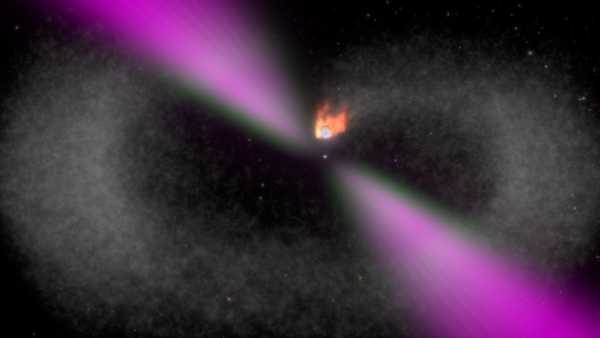
JWST has discovered a planet with an atmosphere made entirely of carbon orbiting a black widow star.
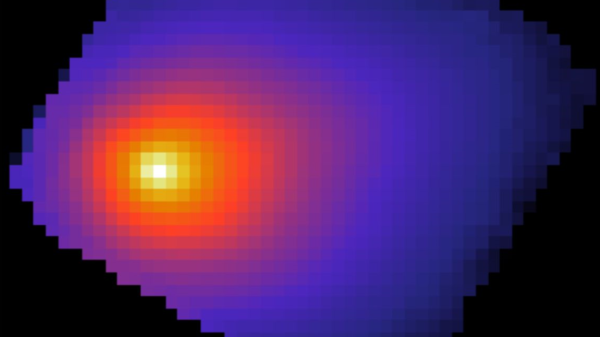
Images from the James Webb Space Telescope show something strange is happening with the interstellar comet 3I/ATLAS.
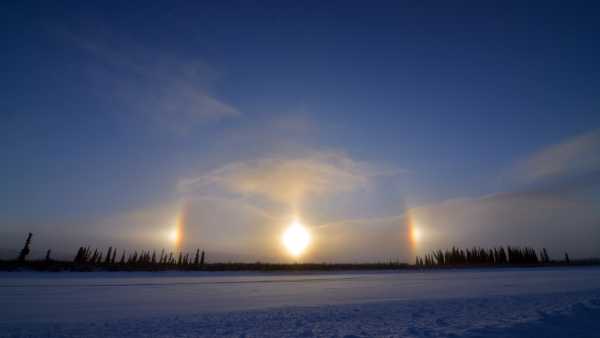
The James Webb Space Telescope suggests that stunning “sun dogs” may be shining in alien skies.
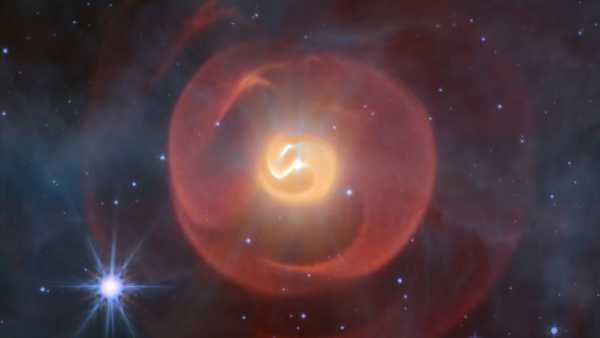
The James Webb Telescope captured two dying stars spilling their secrets.
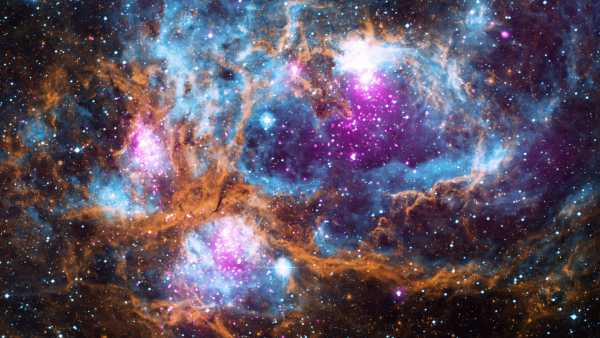
The James Webb Space Telescope has detected a strange disk around a star that could shatter planet formation theories.
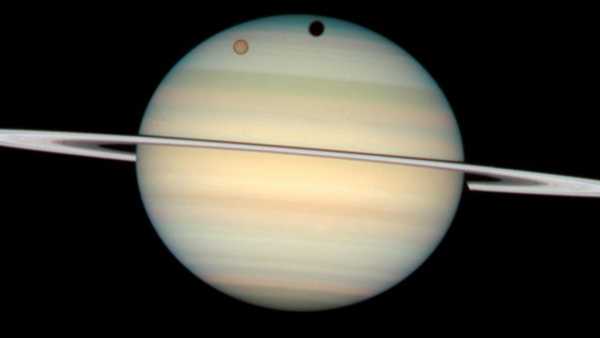
This summer, a giant “hole” piercing Saturn will be visible. And this won't happen again until 2040.
Latest news from space
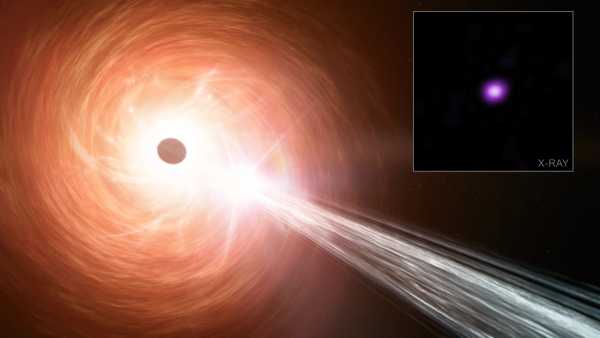
'Shocking': Black hole discovered growing 2.4 times faster than theoretical limit
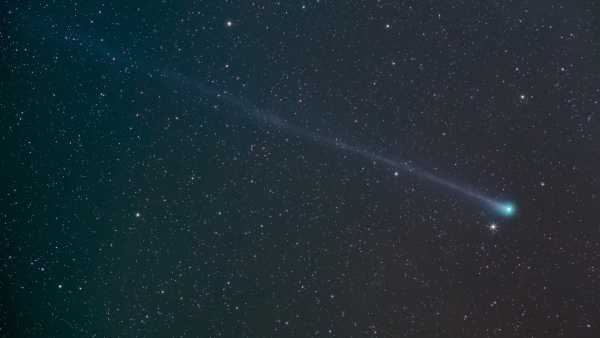
Watch the sky! This October, you'll be able to see two bright comets on the same night during a meteor shower.
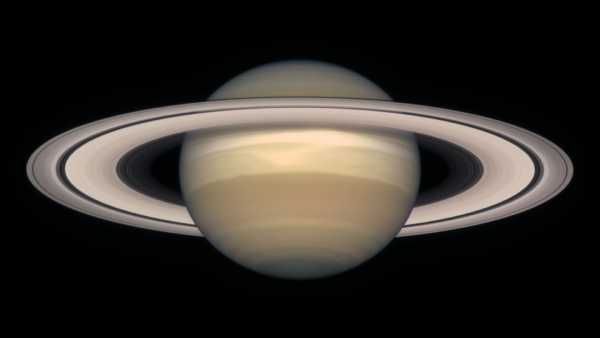
Saturn will be at its brightest and largest on September 21—here's how to see it.
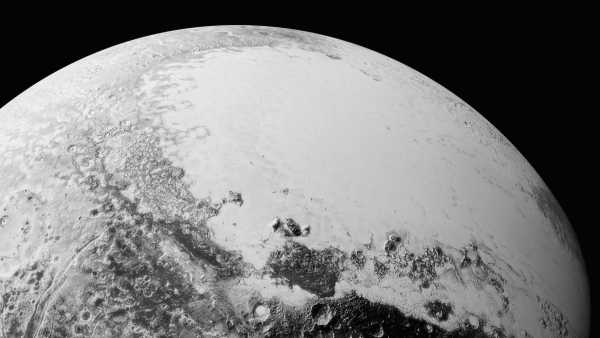
Why does Pluto have such a strange orbit?
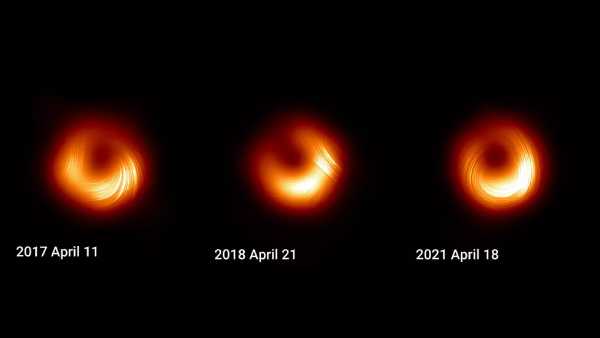
'Dramatic' changes detected in first-ever photographed black hole
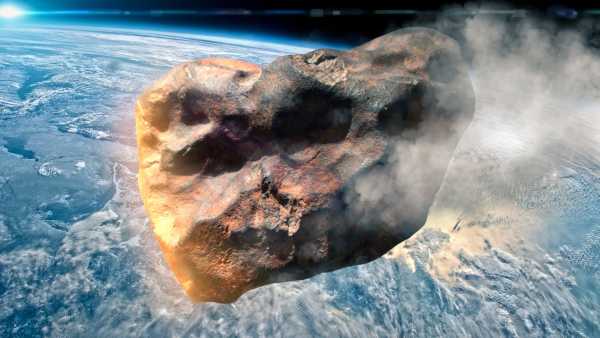
What happened to the asteroid that killed the dinosaurs?
Latest news

A quantum internet is getting closer thanks to a new chip that allows quantum signals to be transmitted over real fiber optic cables.

The documentary “Cleopatra's Last Secret” tells the story of hundreds of coins and port wine found in Egypt. But does this mean Cleopatra was buried there?
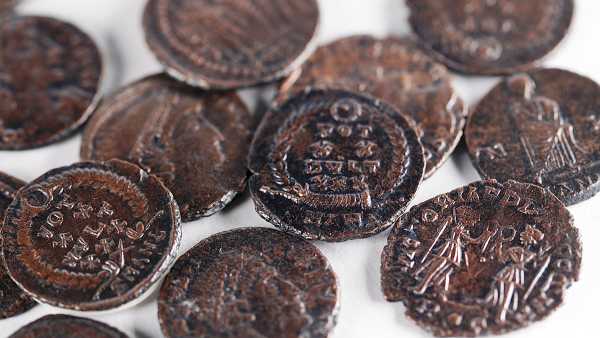
A 1,600-year-old hoard of coins found in a complex tunnel system beneath Galilee dates back to the last Jewish revolt against the Romans.

Who's Eligible for the COVID Vaccine This Year? Everything You Need to Know
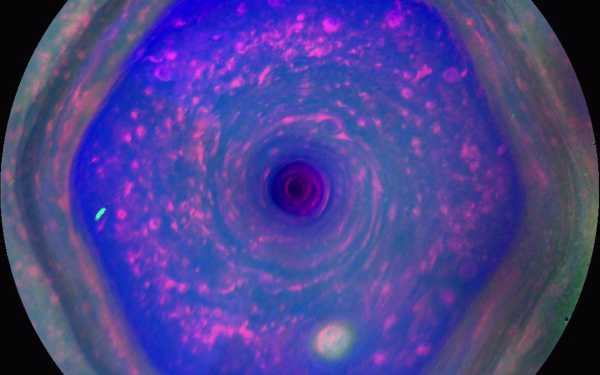
'Completely inexplicable': James Webb Space Telescope discovers strange 'dark beads' in Saturn's atmosphere

If tiny lab-grown “brains” became conscious, could they be experimented on?
LATEST ARTICLES
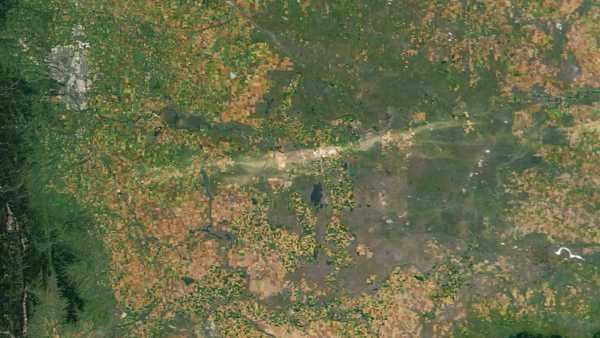
1Huge golf ball-sized hail leaves 125-mile scar on Canadian landscape – Earth from Space
Live Science magazine is part of Future US Inc., an international media group and leading digital publisher. Visit our corporate website.
- About Us
- Contact Future experts
- Terms and Conditions
- Privacy Policy
- Cookie Policy
- Accessibility Statement
- Advertise with us
- Web notifications
- Career
- Editorial standards
- How to present history to us
© Future US, Inc. Full 7th Floor, 130 West 42nd Street, New York, NY 10036.
var dfp_config = { “site_platform”: “vanilla”, “keywords”: “type-news-trending,serversidehawk,videoarticle,van-enable-adviser-
Sourse: www.livescience.com



